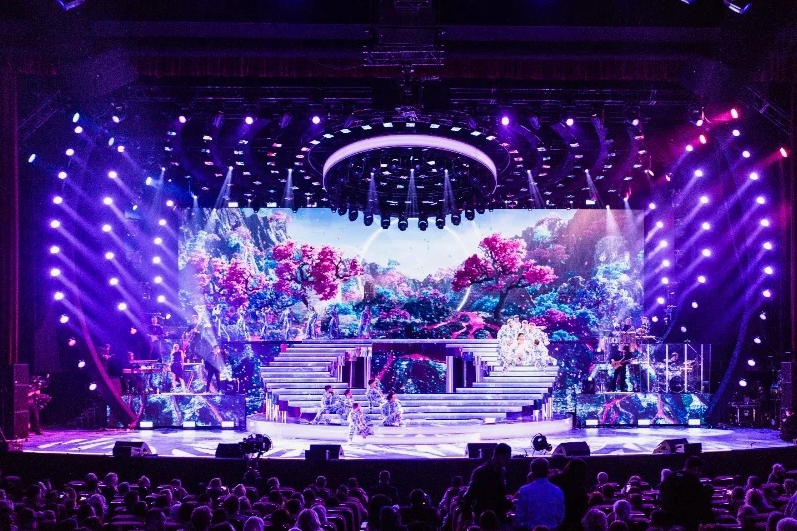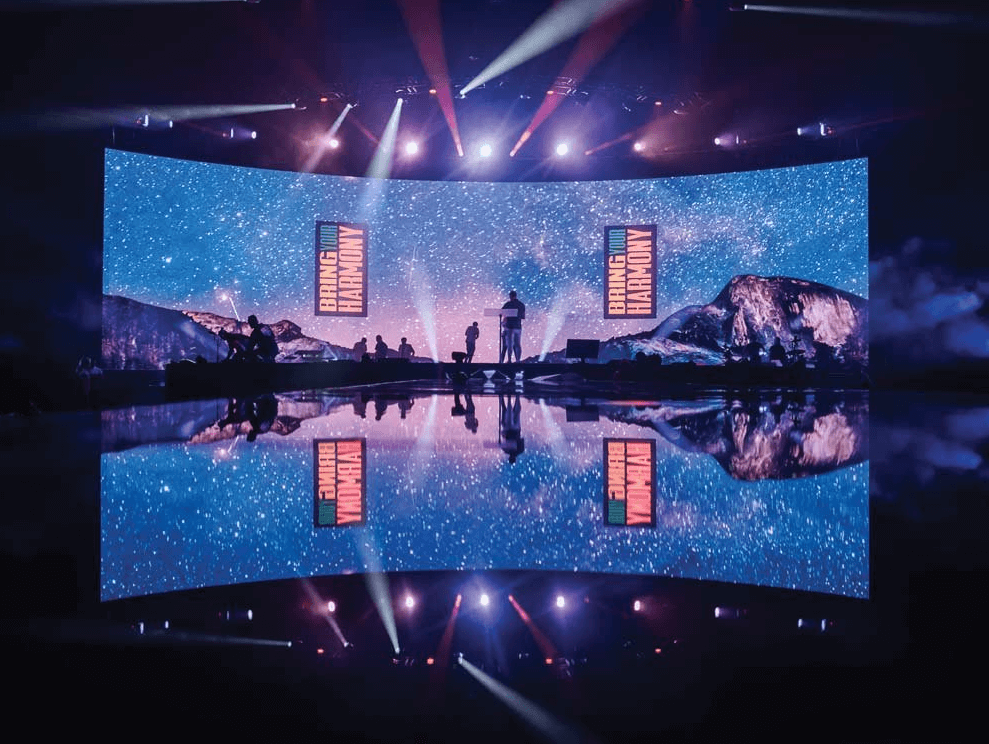How Much Does It Cost to Install a Rental LED Wall?
When considering the installation of a rental LED wall, several factors come into play that can influence the overall cost. As a professional in the LED display industry, it is important to understand these variables and how they interact to provide an accurate estimate for your project. This article will guide you through the key components that determine the cost of installing a rental LED wall. What is a rental LED screen?

1. Size of the LED Wall
The size of the LED wall is the most obvious factor affecting cost. LED walls are usually priced per square meter, and the larger the screen, the higher the total cost. For rental applications, the dimensions of the wall are determined by the specific needs of the event or installation location. Larger screens require more LED panels, increasing both the rental and installation costs.
2. Pixel Pitch
The pixel pitch refers to the distance between individual LED pixels and has a direct impact on the clarity and sharpness of the display. A smaller pixel pitch provides higher resolution, which is ideal for events where the audience is closer to the screen. However, LED walls with a finer pixel pitch (e.g., P1.5 to P2.5) are typically more expensive than those with larger pixel pitches (e.g., P4 to P6). The choice of pixel pitch should be made based on the viewing distance and the type of content being displayed.
3. Rental Duration
The length of time for which you need the LED wall rental also significantly affects the cost. Most LED rental companies charge on a daily or weekly basis. Longer rental periods may offer discounted rates, but the overall cost will still increase with time. Additionally, if the rental is for an extended period, you may need to factor in maintenance and technical support costs.
4. Installation and Setup Costs
Installation and setup costs are another crucial consideration. These costs depend on the complexity of the setup, the location of the installation, and the need for any additional structures, such as trusses or rigging systems. For example, outdoor installations may require weatherproofing measures or additional safety structures, which will raise the overall cost. The labor involved in transporting, assembling, and calibrating the LED wall also contributes to this expense.

5. Content Management and Control Systems
LED walls require content management systems to control what is displayed on the screen. Depending on your needs, you may require advanced software that can manage live feeds, real-time updates, or interactive content. These systems come at an additional cost, and some may require professional operators to ensure smooth execution during your event. Furthermore, technical support and on-site supervision may be needed throughout the event, which can also increase expenses.
6. Location and Logistics
The location of the event or installation will impact transportation costs and logistics. Rental companies often charge transportation fees based on the distance to the event venue. If the event is in a remote area or requires complex logistics, such as difficult terrain or restricted access, this can raise costs significantly. For international events, customs fees, shipping, and import taxes may also apply.
7. Additional Equipment and Accessories
In some cases, you may require additional equipment, such as sound systems, lighting, or backup power supplies, depending on the scope of the event. If the LED wall is being used in a live event setting, synchronization with audio-visual systems and other equipment will be necessary. Rental companies may offer these as part of a package, or you may need to source them separately, which will affect the final cost.
8. Support and Maintenance
Most rental contracts include technical support, but the level of support can vary. Basic support covers installation, setup, and takedown, but for more complex events, you may need ongoing technical supervision. Support services ensure that the display operates seamlessly throughout the event and that any issues are addressed promptly. The cost of this service will depend on the complexity of the installation and the length of the rental period.
9. Customization and Branding
If your event requires a customized LED wall setup or branding integration, such as custom screen shapes or specific layouts, this may increase costs. Customization typically involves specialized fabrication, which adds to both the material and labor costs.
Typical Cost Breakdown
- LED Wall Rental Cost (per square meter): Depending on pixel pitch, this can range from $50 to $200 per day.
- Installation and Setup: Installation typically costs between $500 to $2,000, depending on complexity.
- Content Management System: Software and control systems can add $300 to $1,000.
- Technical Support: On-site support may range from $200 to $1,000 per day, depending on requirements.
- Transportation: Shipping and logistics vary widely but can cost between $200 to $1,500 depending on distance and complexity.
Conclusion
The cost of installing a rental LED wall depends on multiple factors, including the size of the wall, pixel pitch, rental duration, and additional services required for installation, operation, and maintenance. It is crucial to work closely with your rental provider to assess your specific needs and ensure a clear understanding of the total costs involved. By carefully considering these factors, you can make a well-informed decision that maximizes both the visual impact and cost-effectiveness of your rental LED wall.
For accurate quotes and tailored advice, we recommend consulting with professional LED display companies who can provide specific solutions based on your event requirements.


